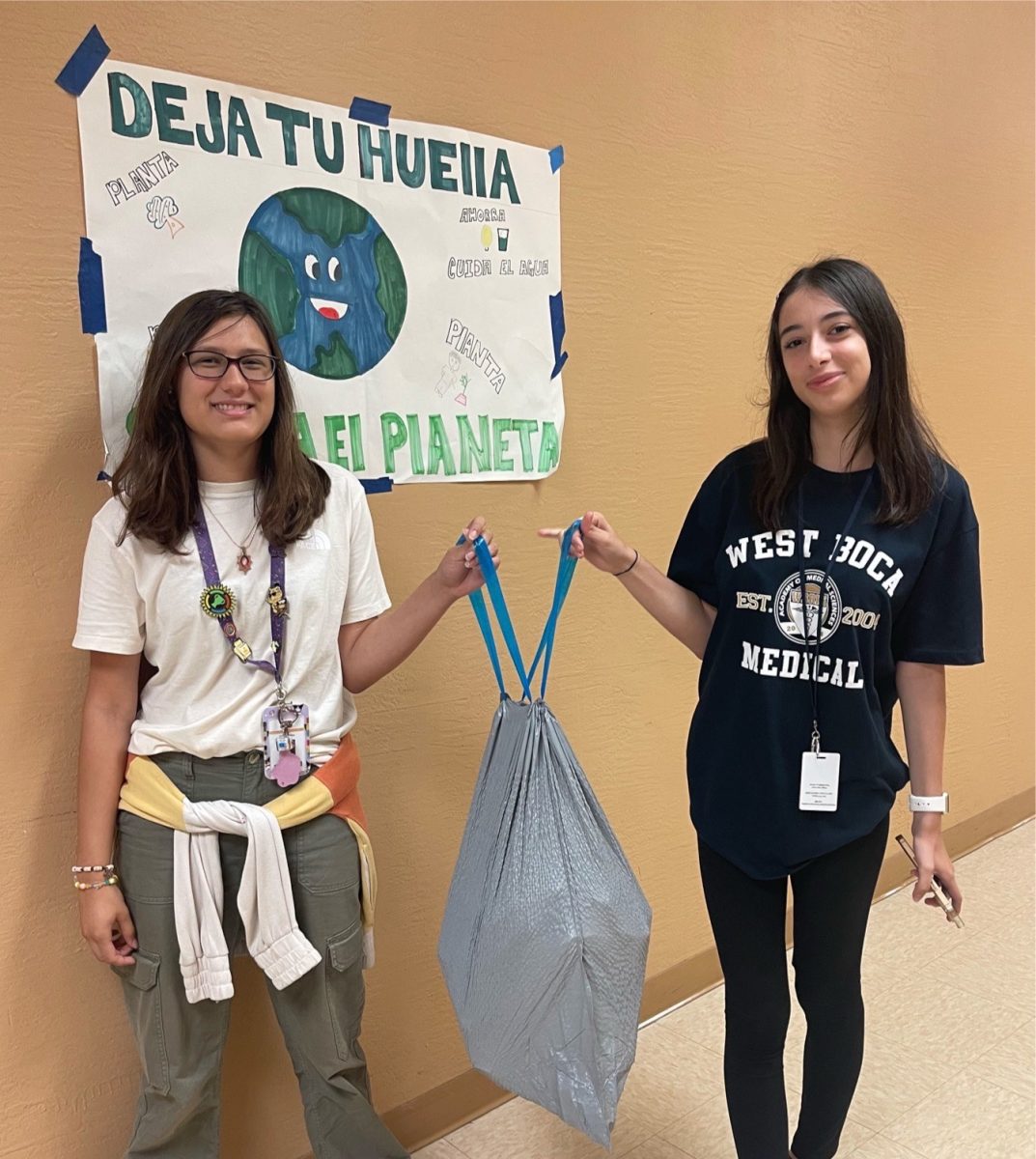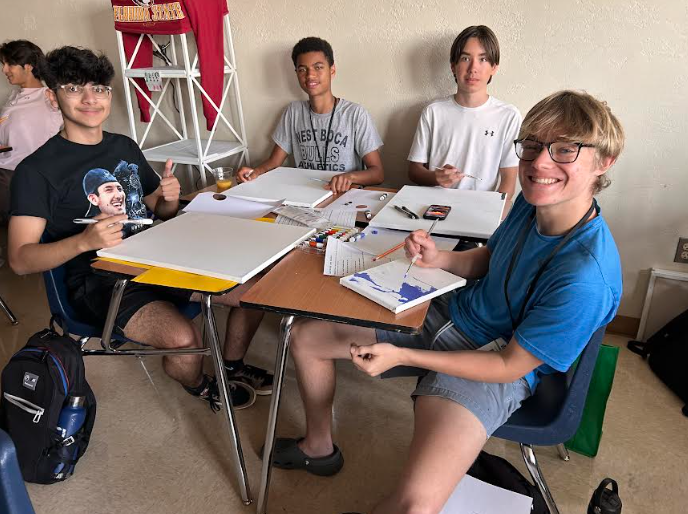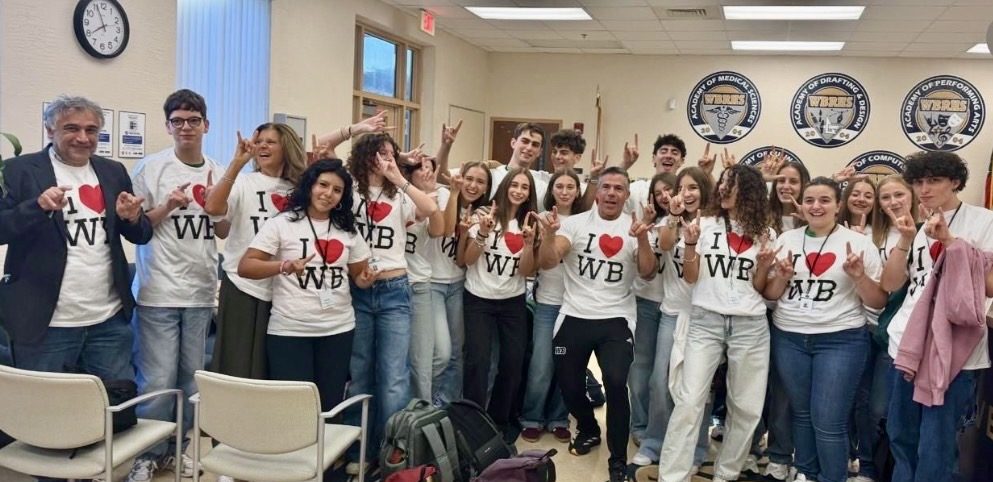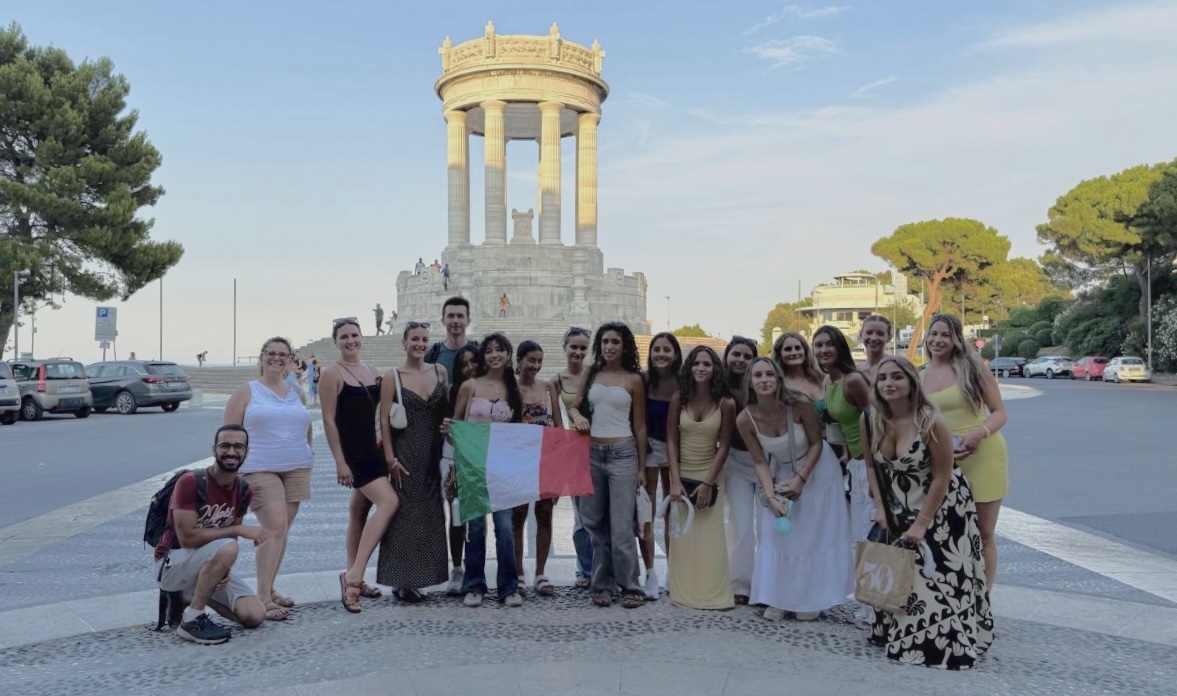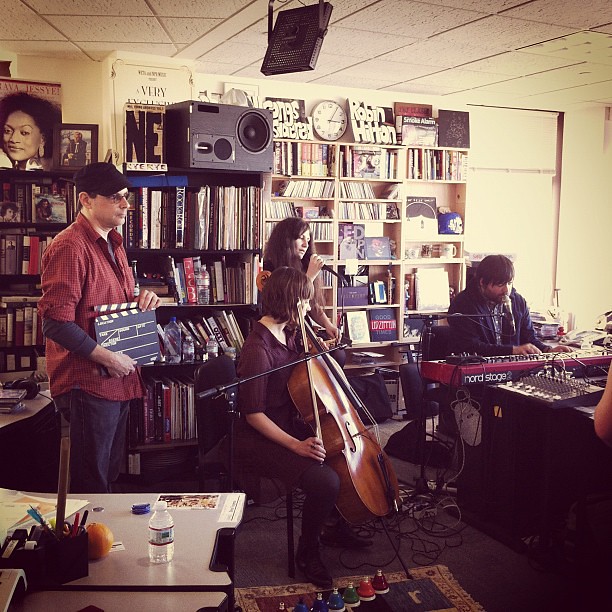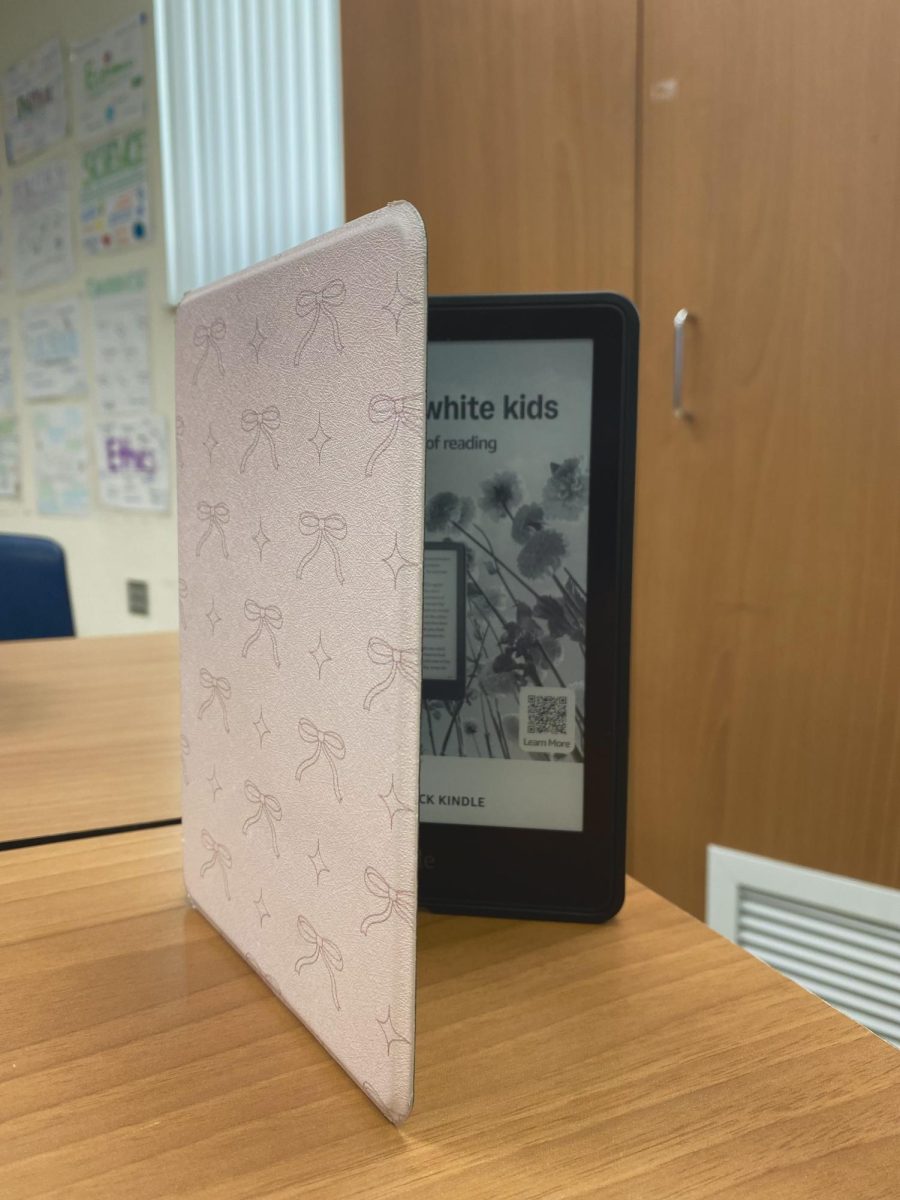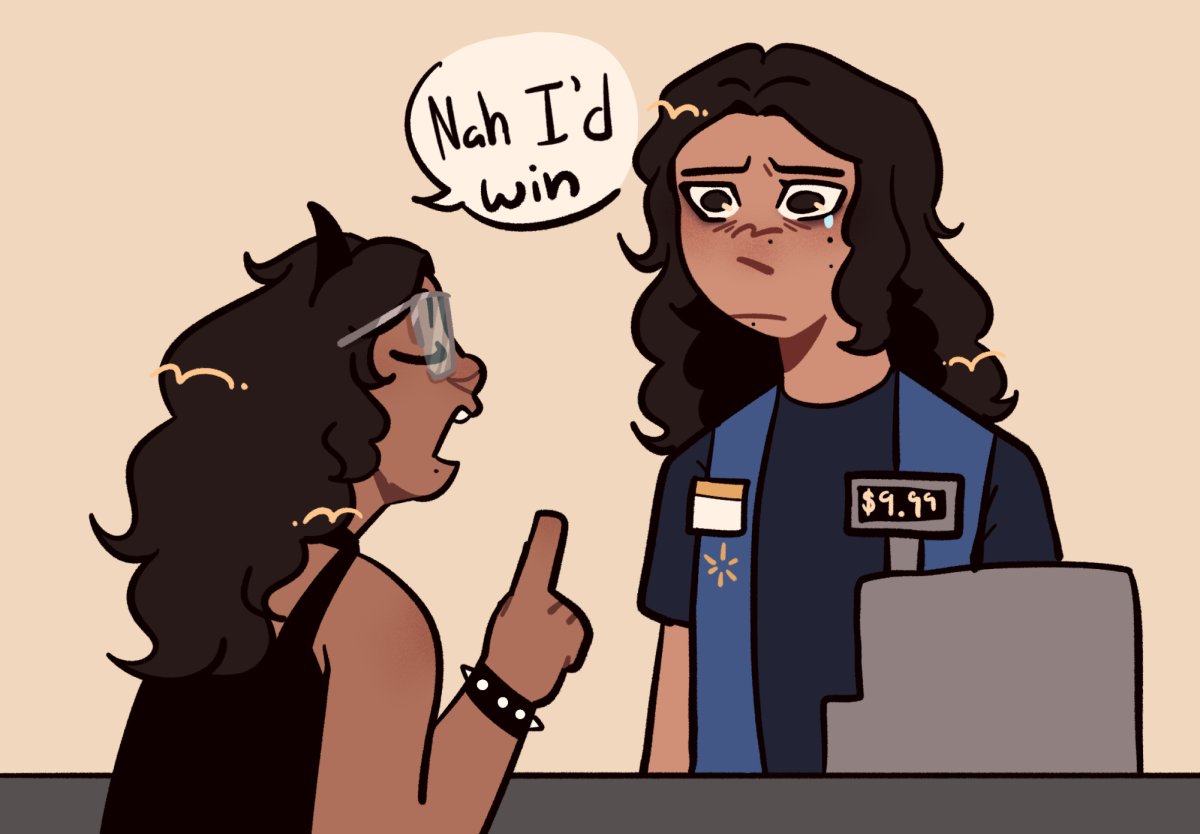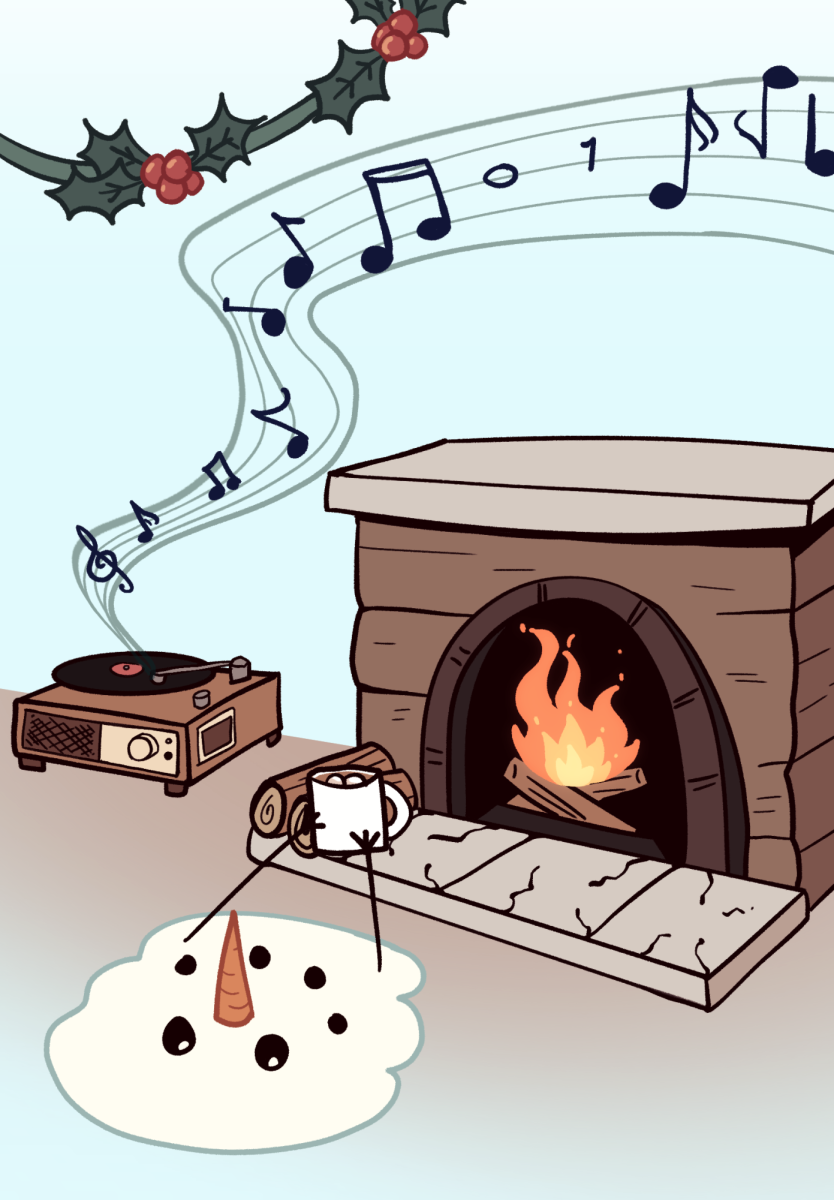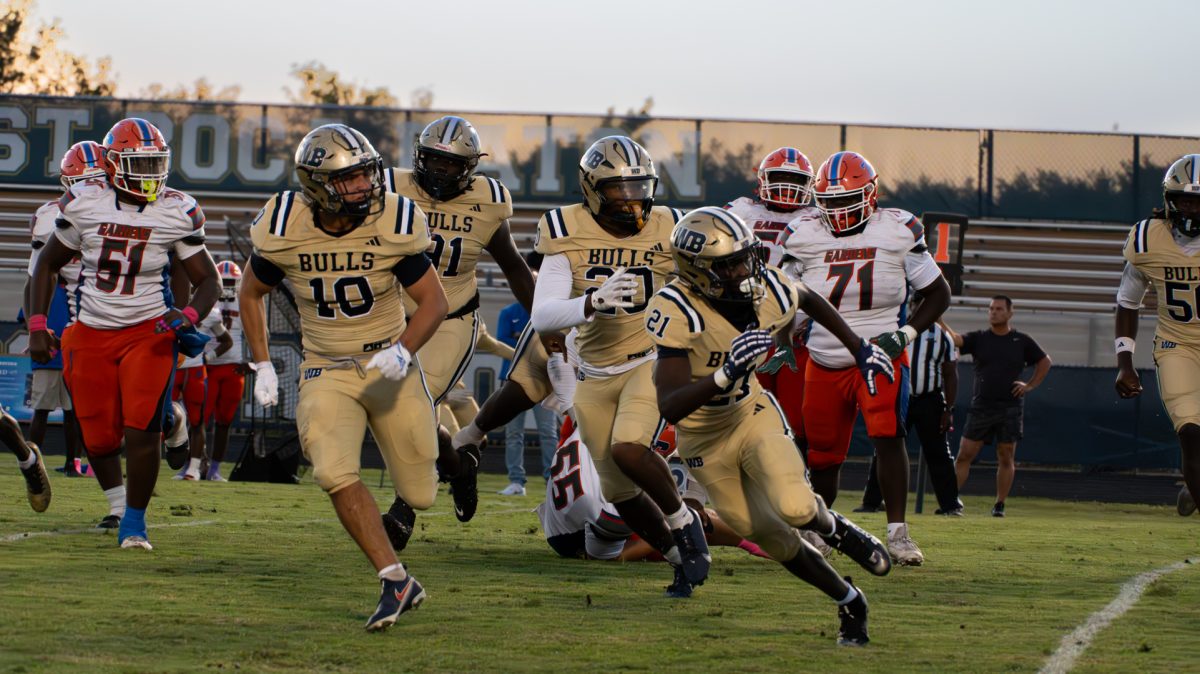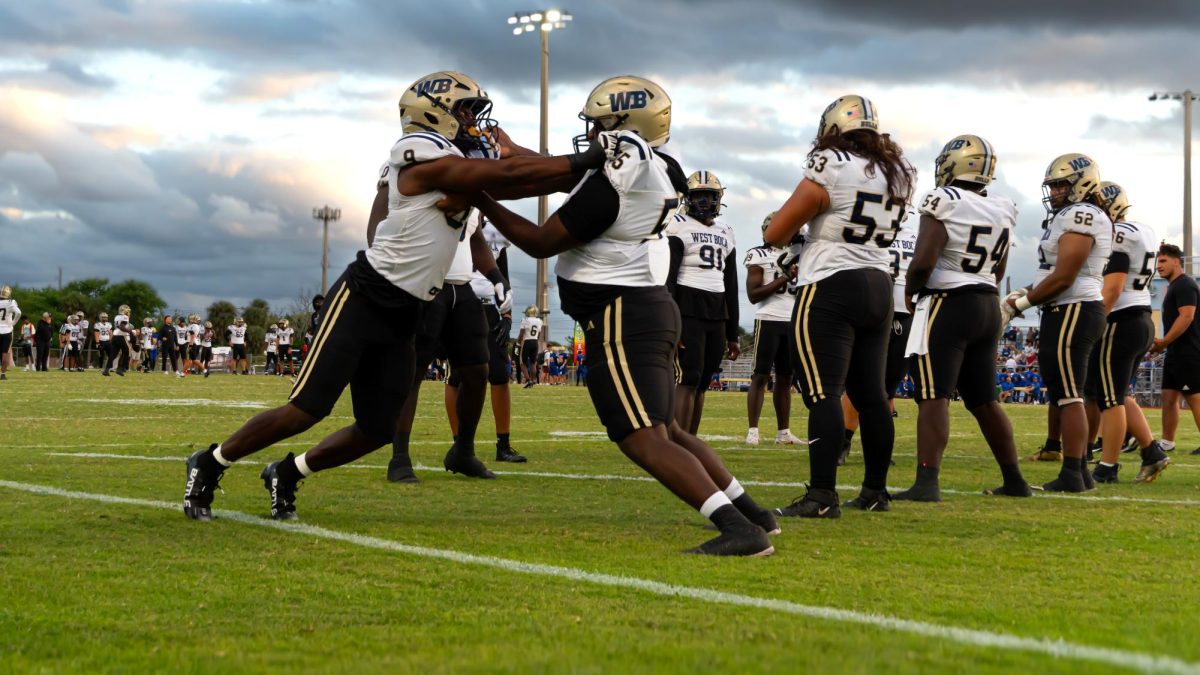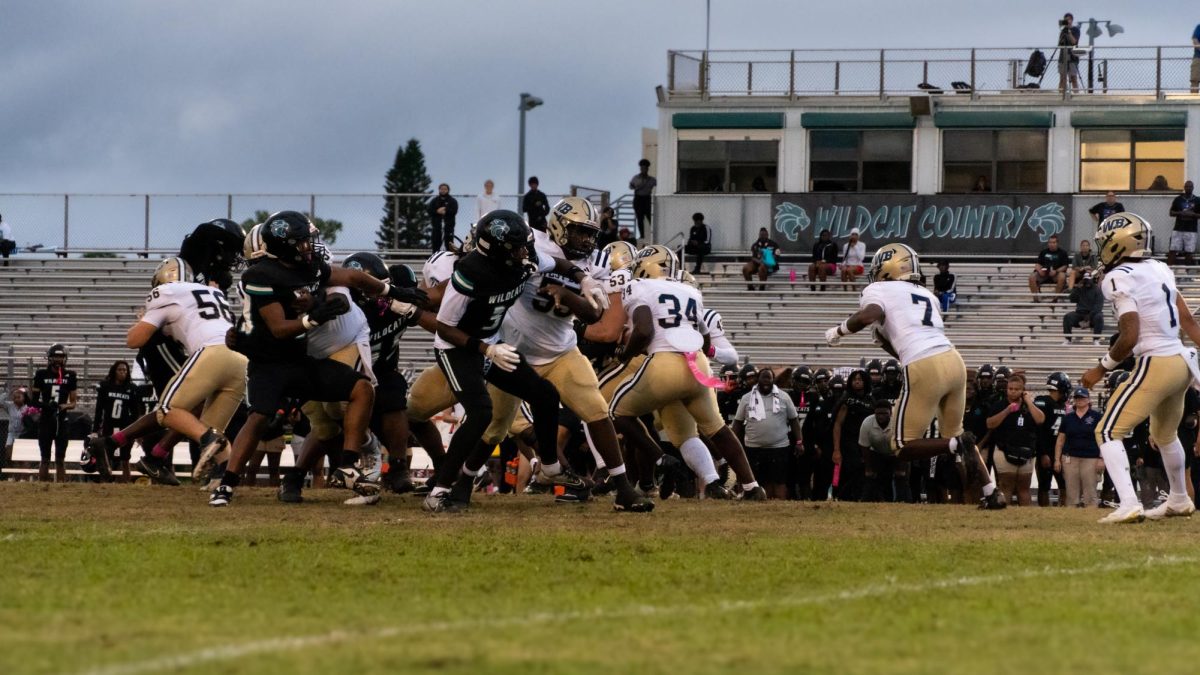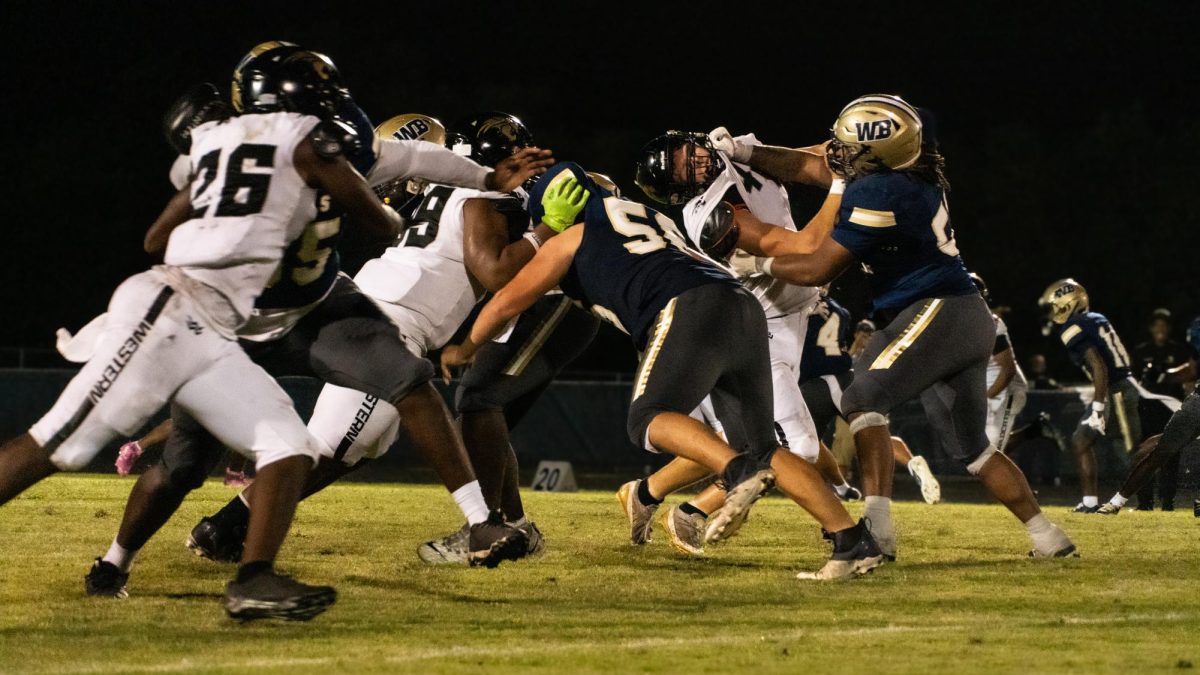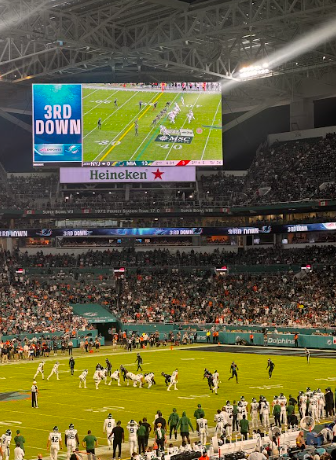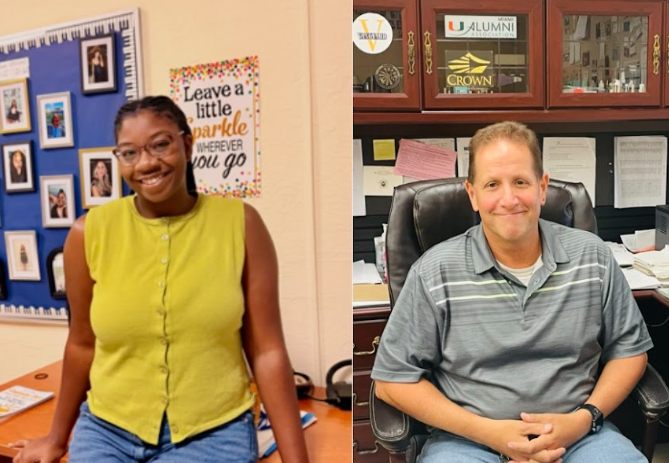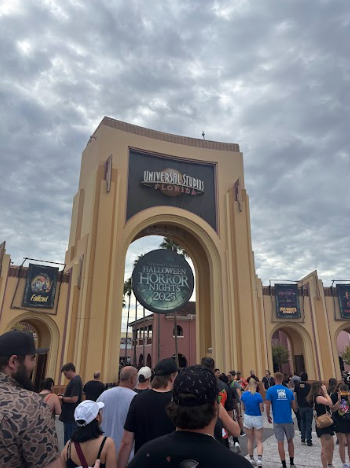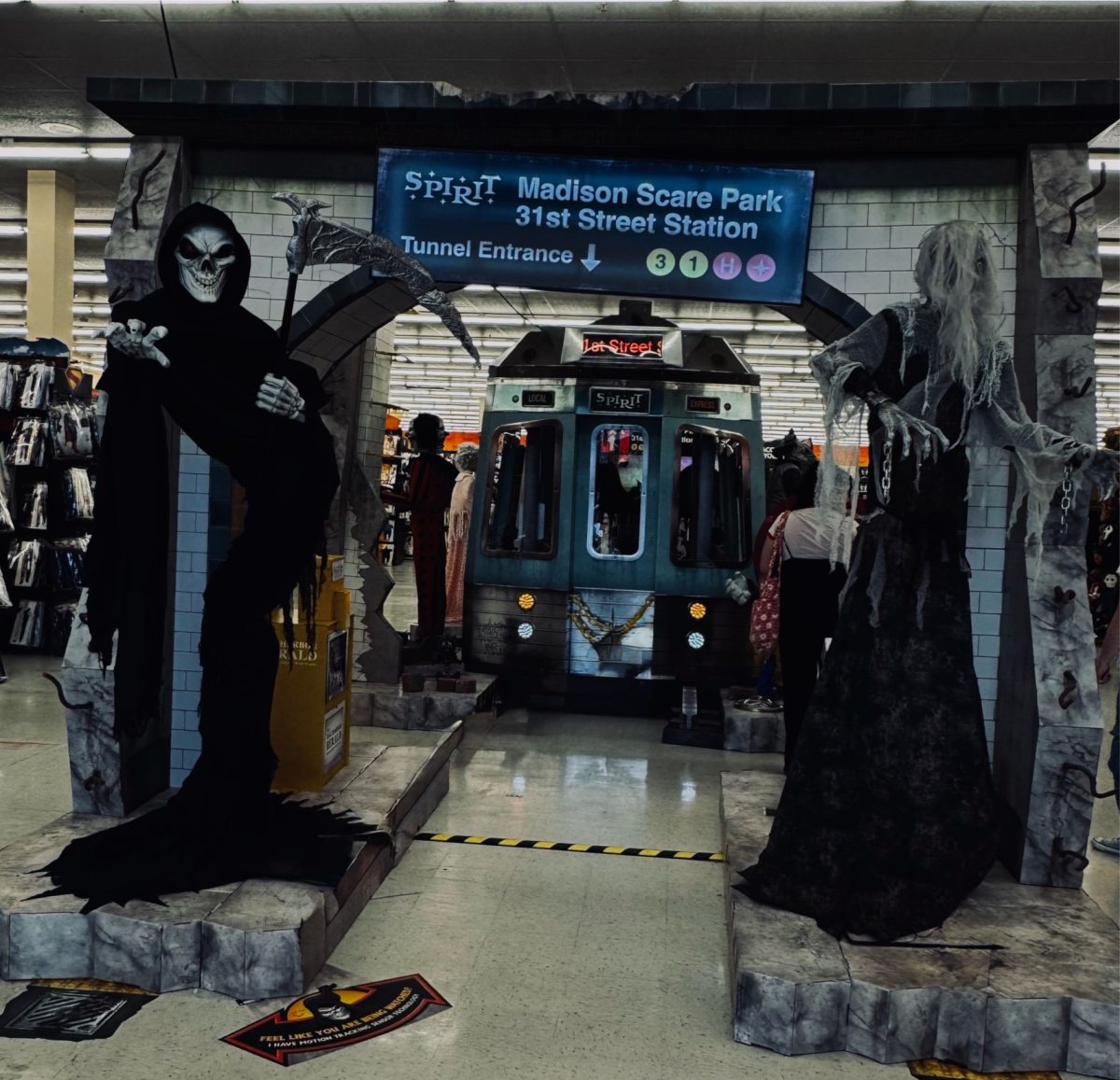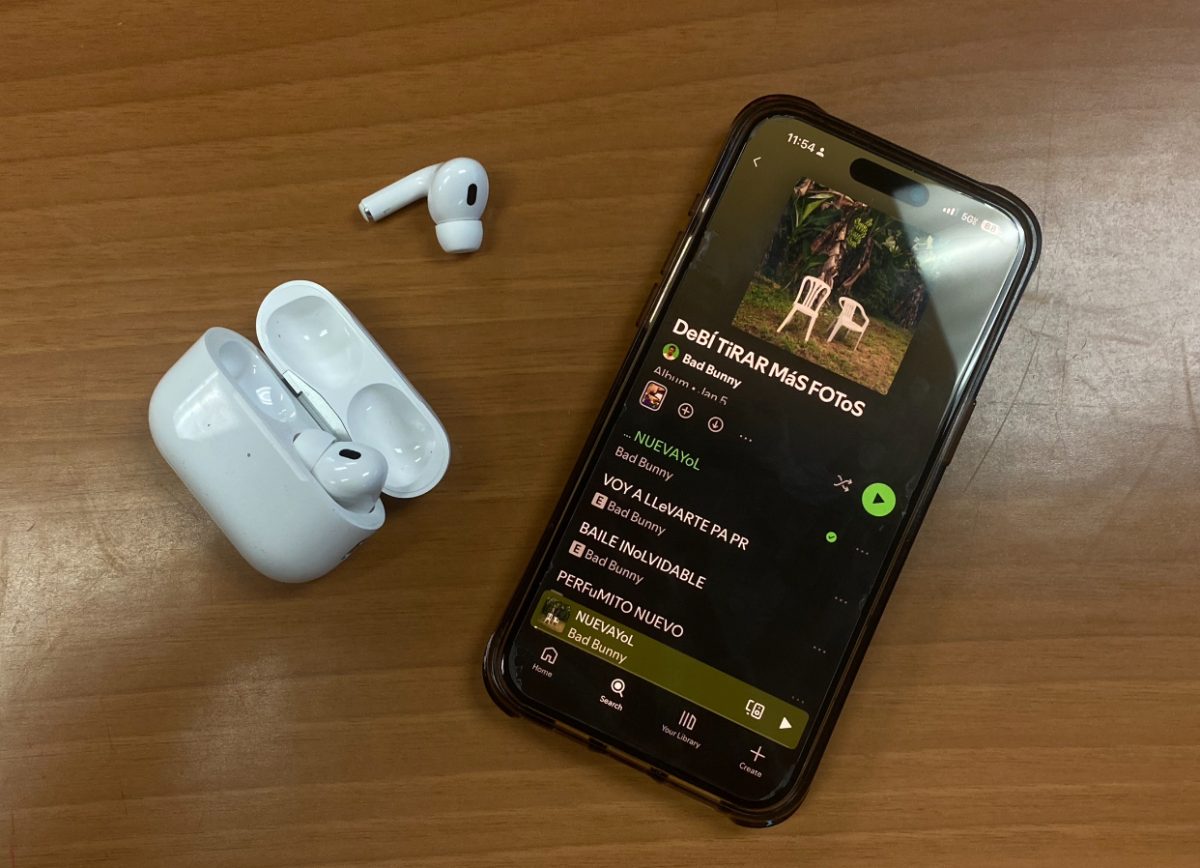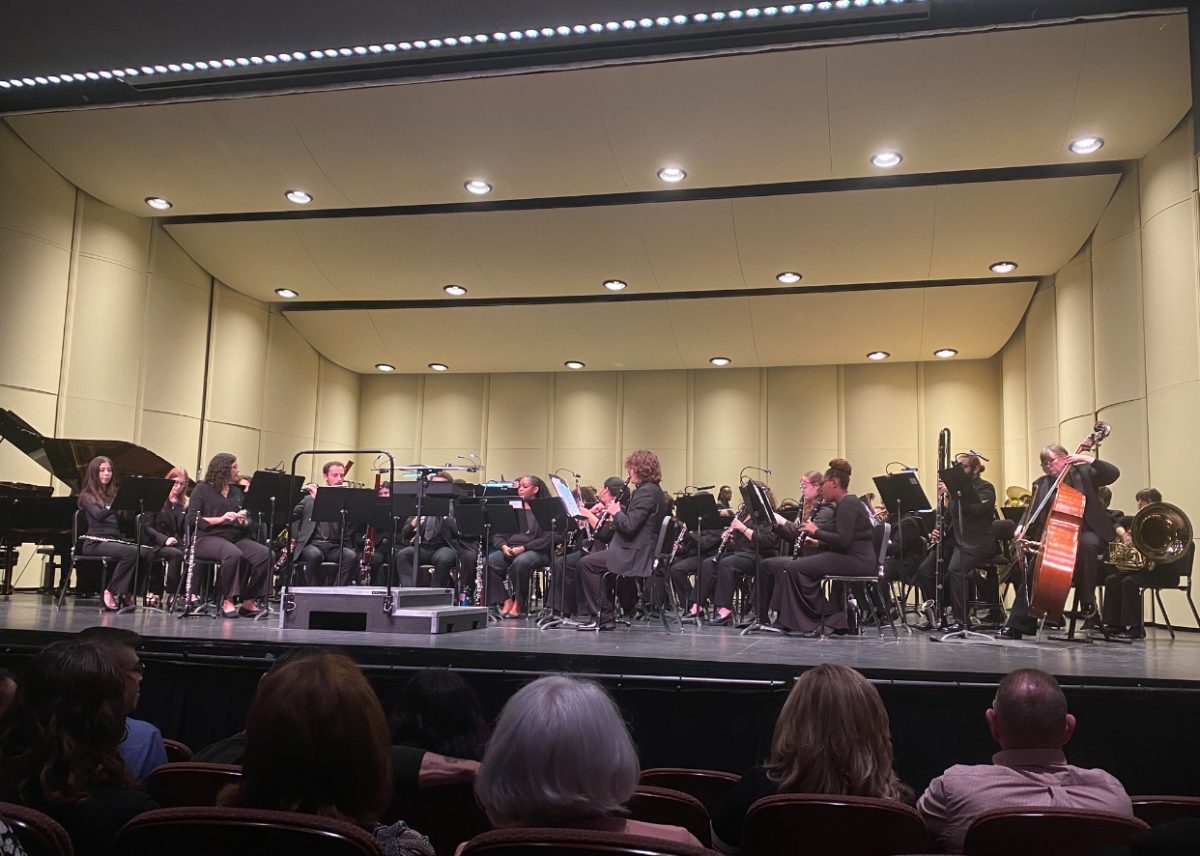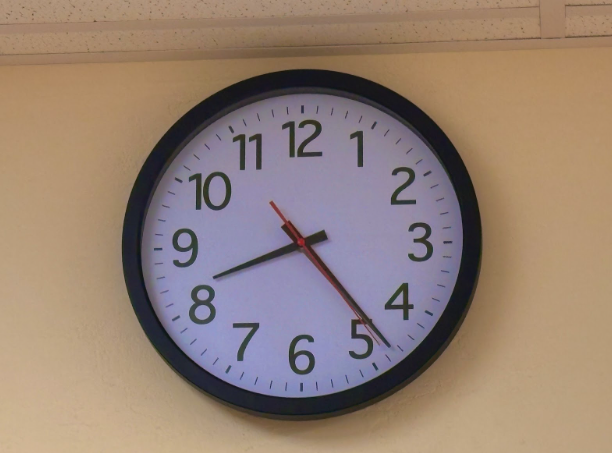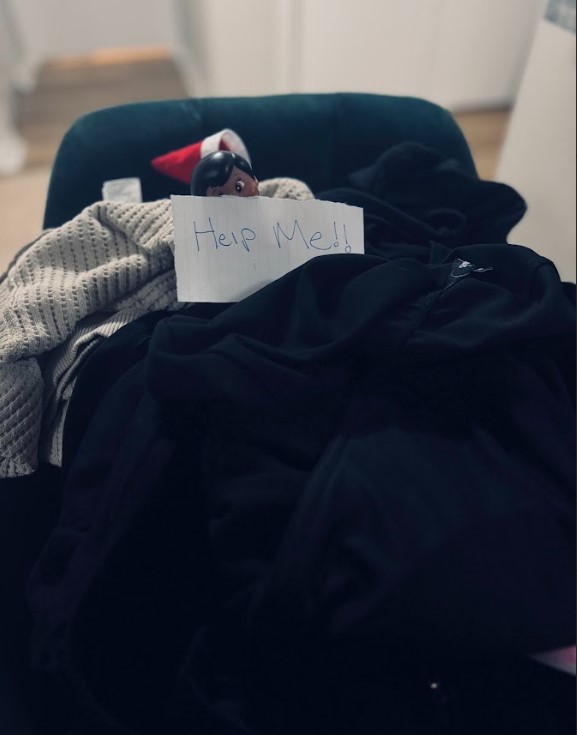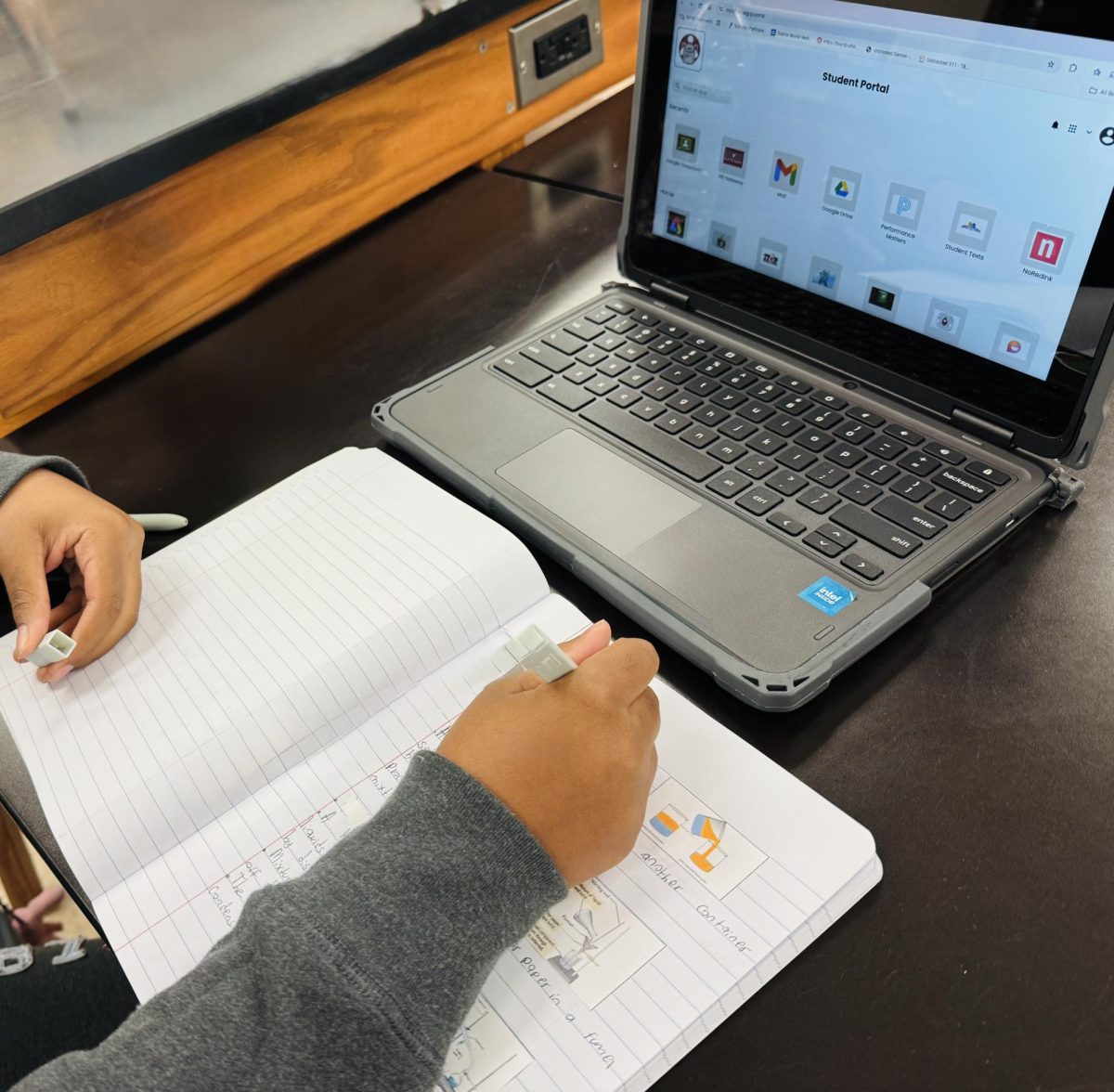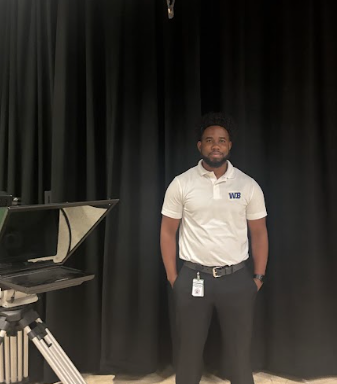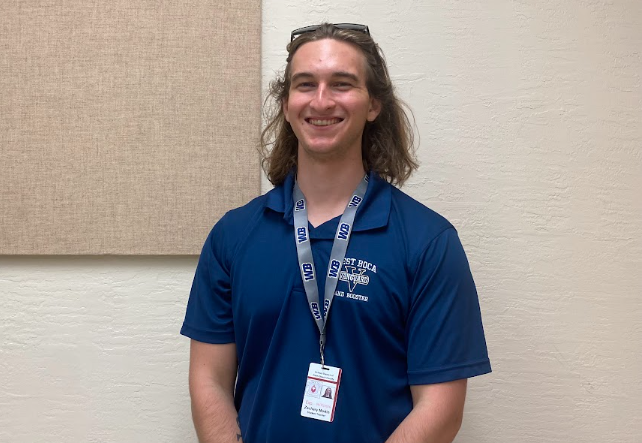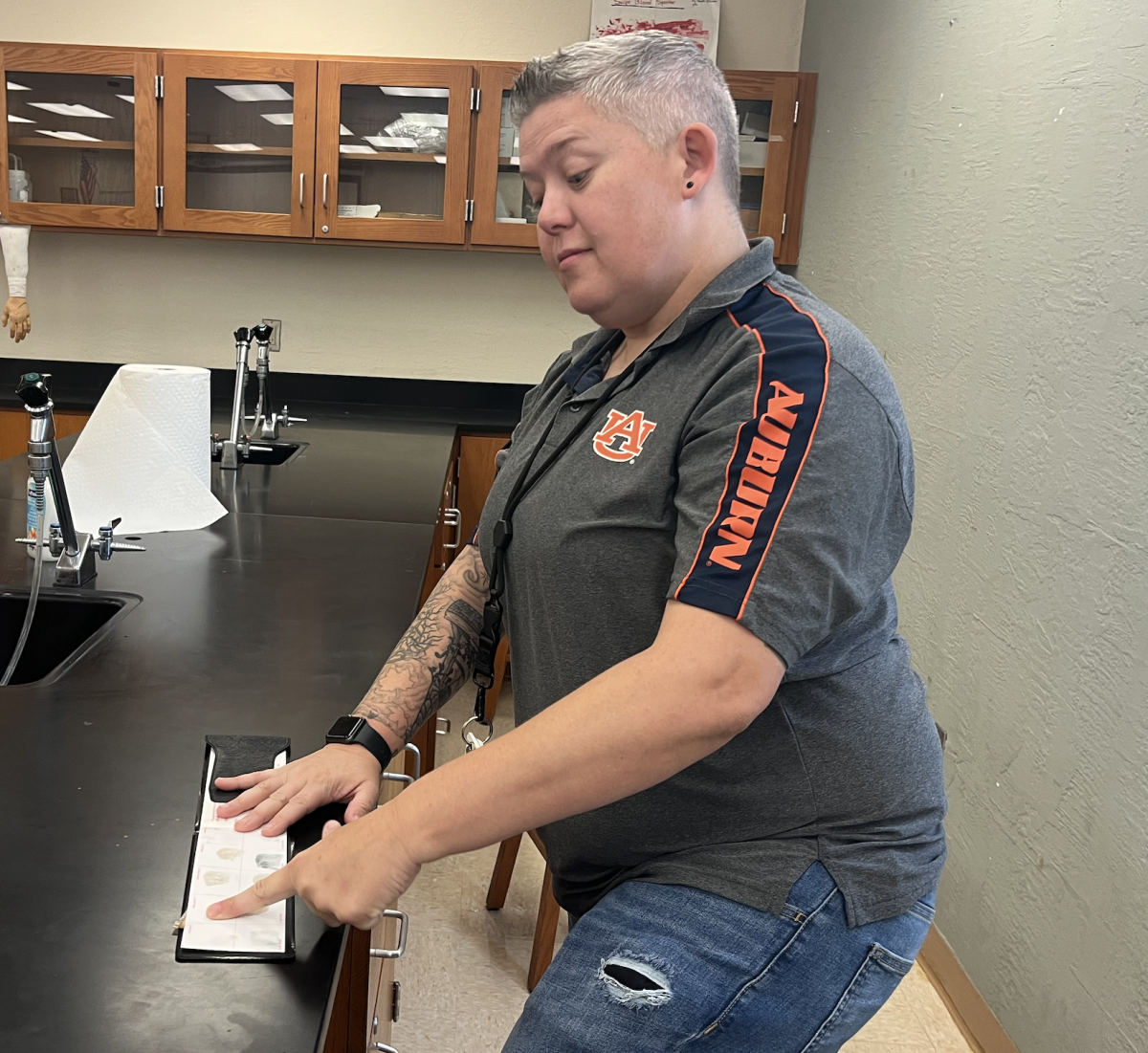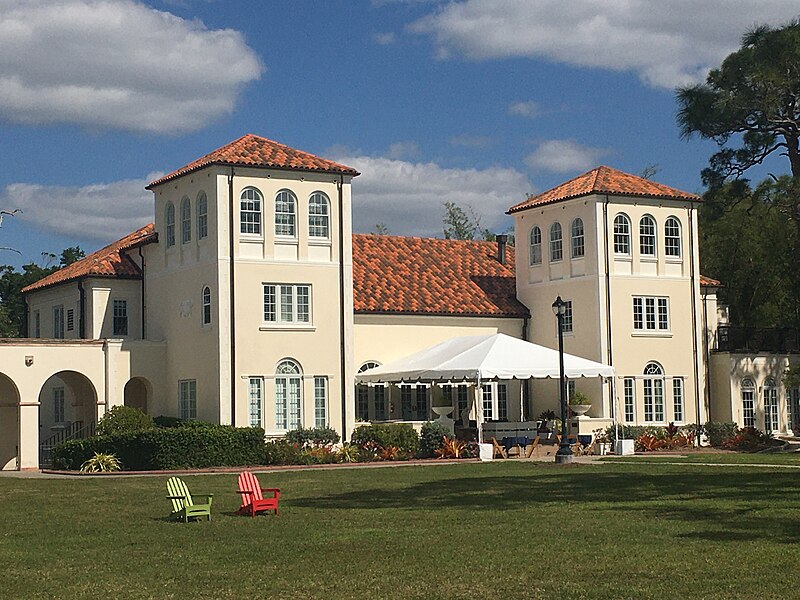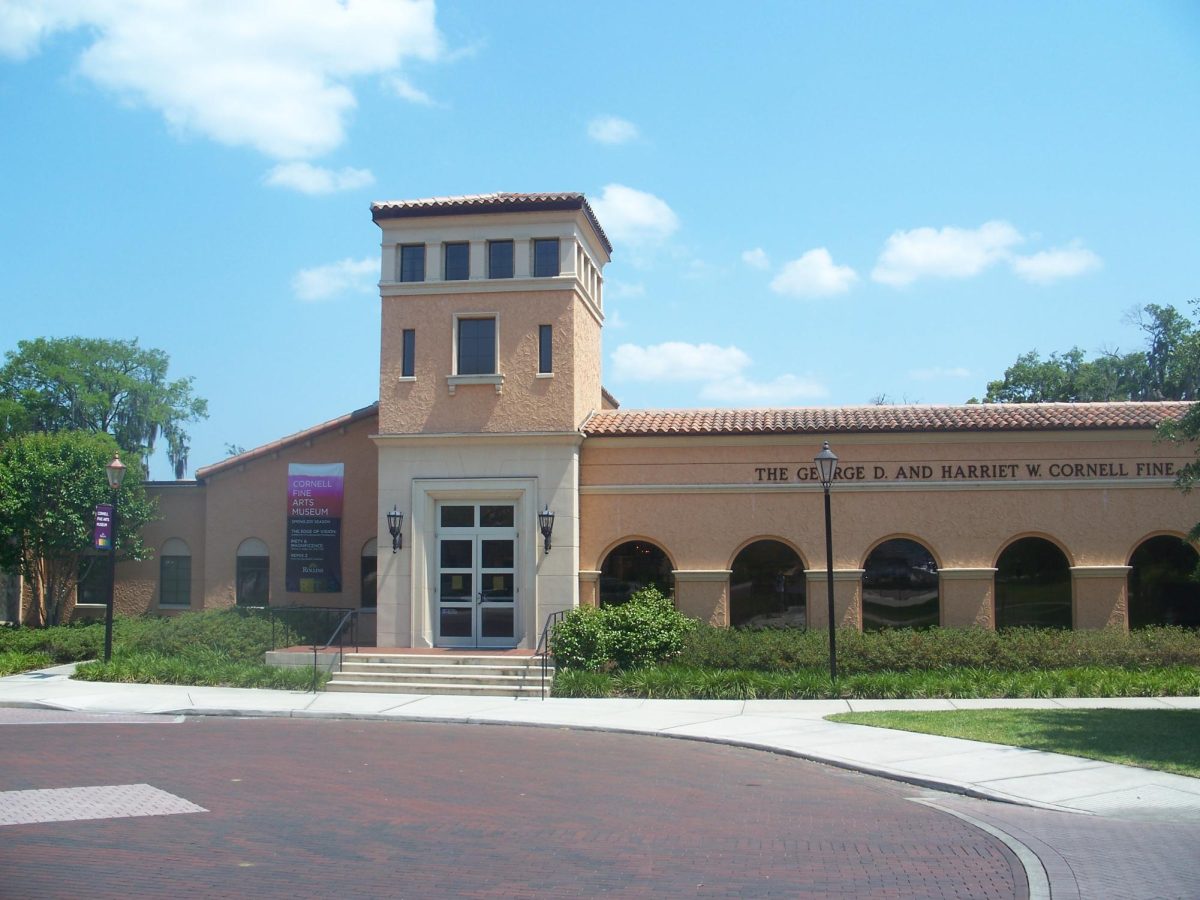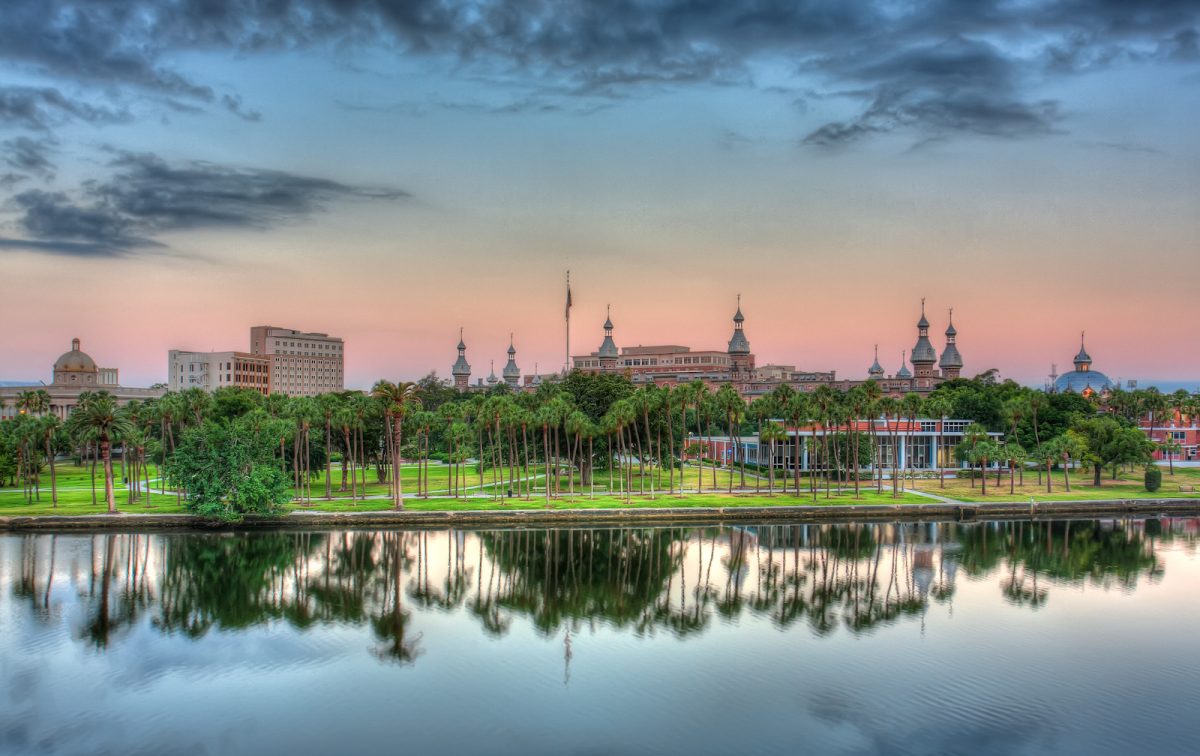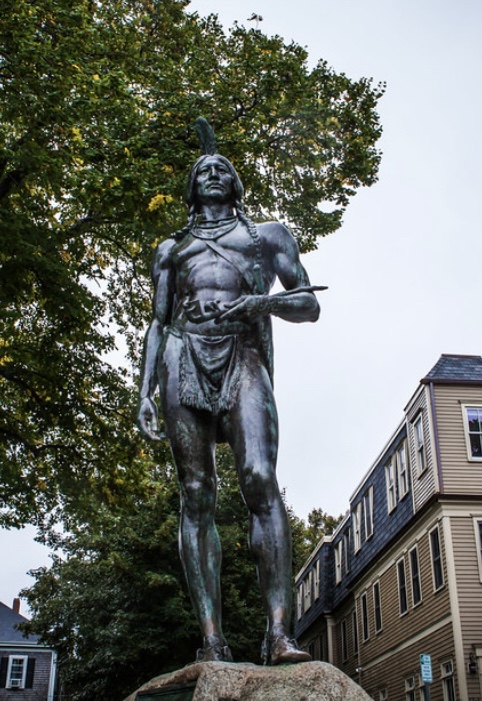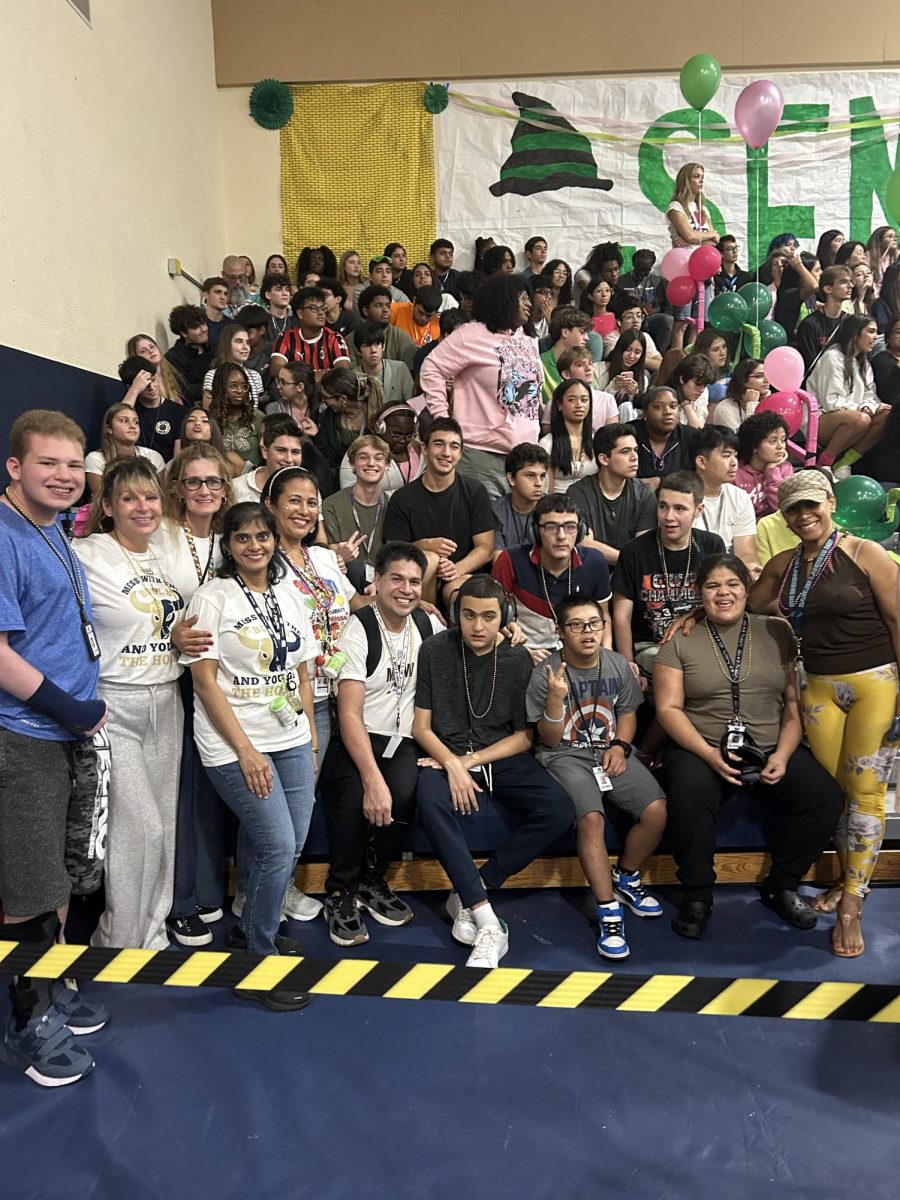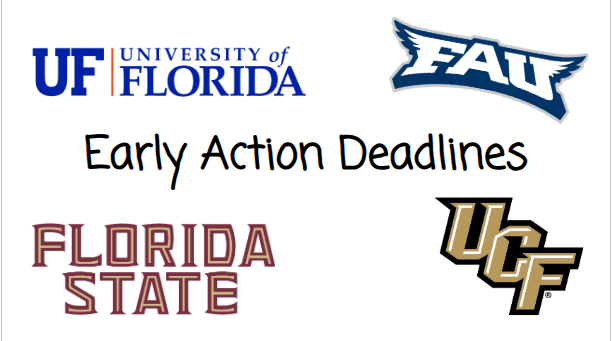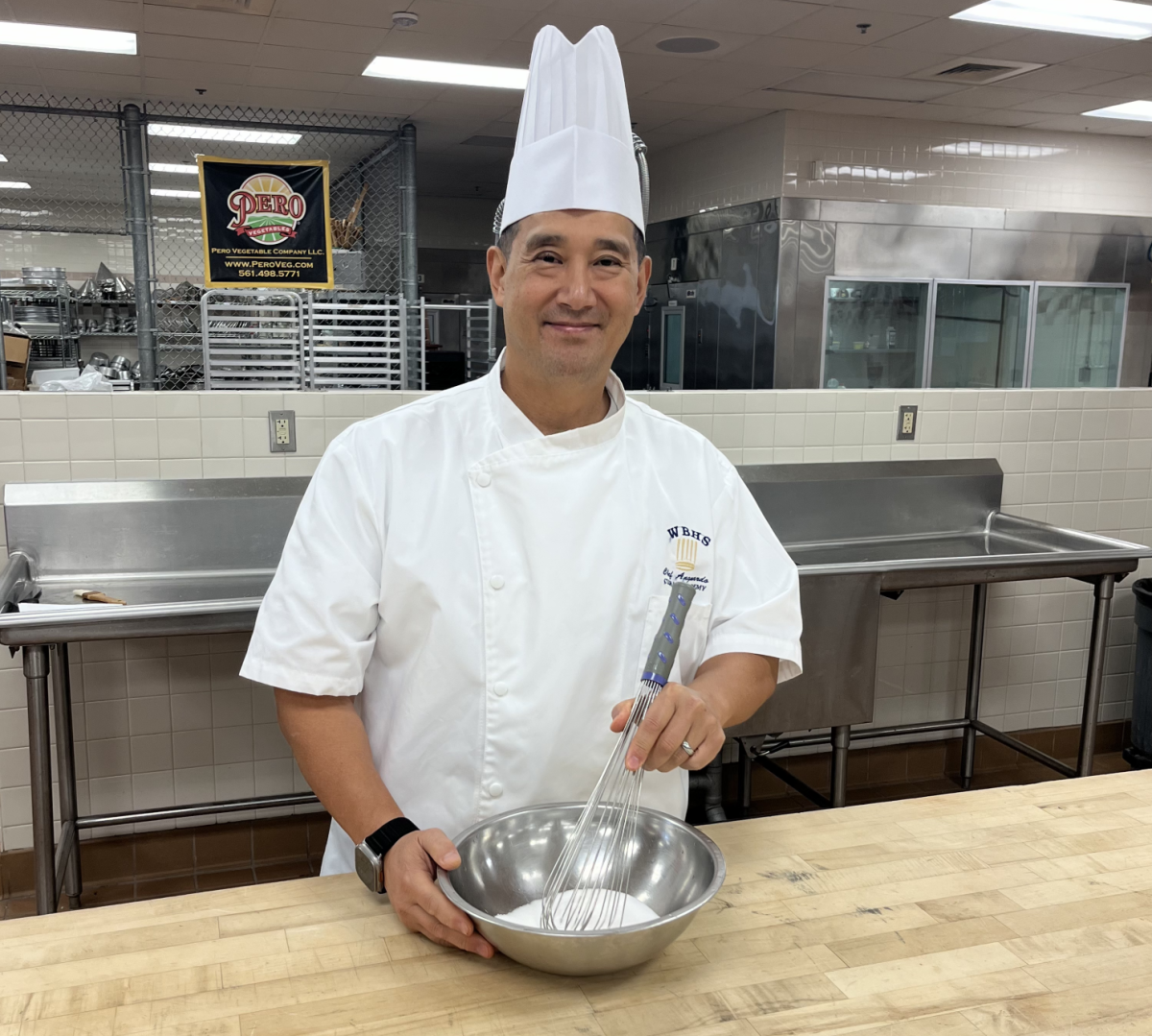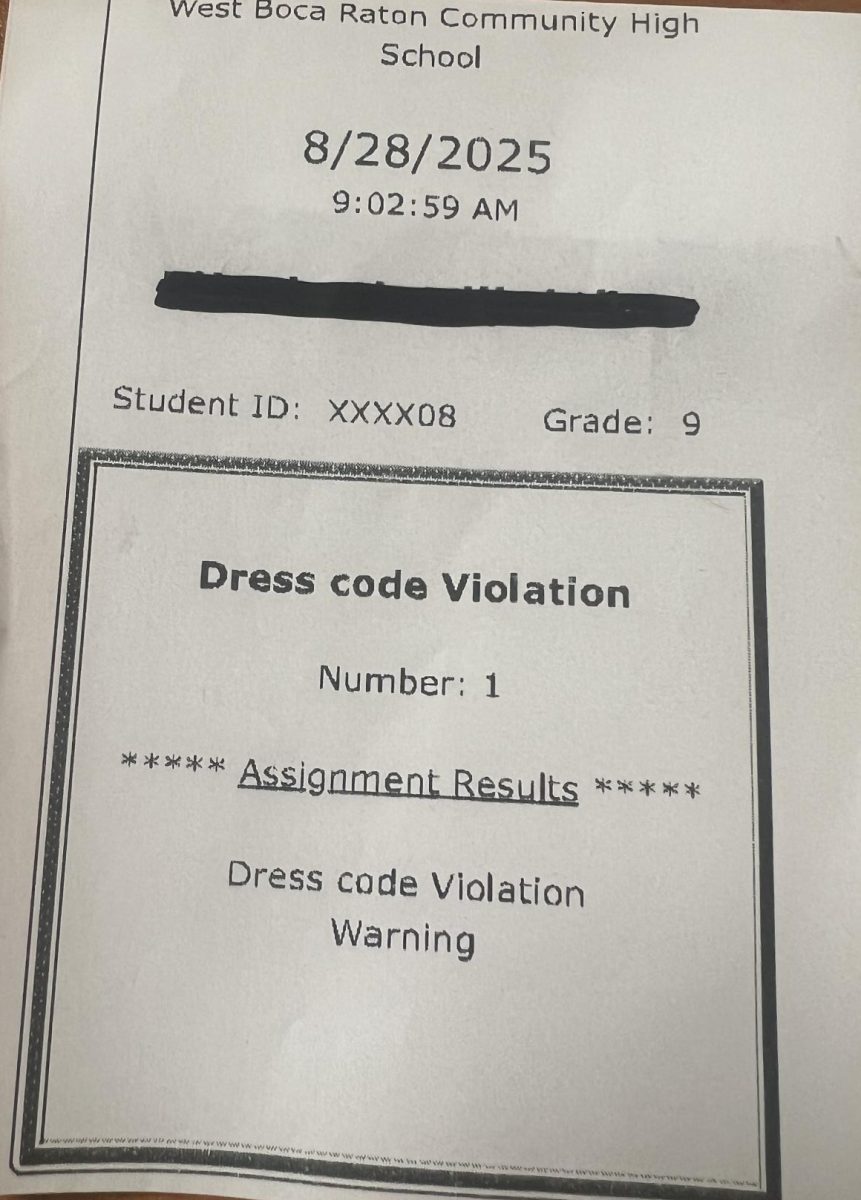In 1620, 102 English men and women that were called the pilgrims arrived at what is now Provincetown Harbor. They traveled for 66 days across the Atlantic ocean and of the 102 original travelers, only 50 of them survived, many were lost by the winter storms and seasickness. Before they were Pilgrims they were English Separatists. Separatists were a radical faction of Puritanism and believed in freedom of worship. They believed that the protestant reformation (a movement that rejected the principles of Catholicism of the time) should have swept away all remnants of the old Catholic rituals from the Church of the Church of England. They completely rejected the Church of England and formed their own churches, which was illegal at the time and in 1607, many Separatists were persecuted. In 1608, they traveled to Holland, Netherlands to escape persecution. The Dutch were much more tolerant of the Separatists and even suffered persecution from Spain. After they settled in Amsterdam, many moved to Leiden in 1609. In 1620, the Separatists left the Netherlands because of their increasing number and a lack of space, they also became concerned from seeing their children speaking Dutch and abandoning their English traditions. There was also growing religious tension in Europe and the threat to the end of the Netherlands and Spain peace treaty. Fearing for their safety and freedom, they decide to travel to the new found world, North America, taking their ship, the Mayflower.
After arriving, they settled in Plymouth, Massachusetts forming the Plymouth Colony and met the Wampanoag tribe. The Wampanoag people, the “People of the First Light,” are one of the many Native American Nations in North America. During the time of the Pilgrims, the leader of this tribe was Massasoit Sachem or Ousamequin. We are taught that Massasoit decided to help the Pilgrims in hopes of gaining allies because they were facing a threat from their neighboring tribe, the Narraganset. The Wampanoag taught the settlers how to hunt and plant crops saving them from starvation for two winters and as a thank you to the tribe the Pilgrims made them a feast. Unfortunately, this was not the case.
The Wampanoag was a community consisting of 69 tribes and a population of 30,000 to 100,000, but now their numbers are 4,000-5,000 people and only 6 visible tribes. The Wampanoag people were enslaved, tortured, and massacred by the pilgrims, and what we call Thanksgiving was the first day of a series of unfortunate events. For many, Thanksgiving is seen as a day to celebrate family and the pilgrims but for many Native Americans it is a day of mourning. The first encounter the Wampanoag had with the Pilgrims was them stealing food from the tribes for winter, leading Ousamequin to make an alliance with the Pilgrims in hopes of peace. Many lives were lost due to the diseases that the pilgrim brought from Europe, such as smallpox. The alliance was less about keeping the harmony and more about survival. The alliance did lead to the Wampanoag teaching the pilgrims how to plant crops but the first harvest brought conflict and led to many Native American deaths. Multiple parties thrown by the Pilgrims to celebrate brutal victories over Native Americans like the Massacre of 1636 or the Pequot war. The Pequots or “Fox People” are a group of people that are a part of the Pequot tribe of Connecticut. In 1636, Pilgrim soldiers invaded the Pequot tribe, setting fire to their homes and killing 500 Native Americans. After the massacre, the pilgrim celebrated the first official Thanksgiving to celebrate the deaths of many Native Americans. “This day forth shall be a day of celebration and thanksgiving for seducing the Pequots,” read Massachusetts Bay Governor John Winthrop’s proclamation.
The Pilgrims launch an all-out genocide. The Massachusett Government offered 20 shilling for even Native American scalp and 40 for every prisoner that became a slave. The pilgrims saw the genocide as an act by the “hands of God” and declared a “day of thanksgiving” in 1676. 55 years after the first thanksgiving, the Pilgrims had destroyed the Wampanoag tribes and their chief, King Philip, was beheaded. His head was placed on a pole in Plymouth and stayed there for over 24 years. For year, we have been told the myth of Thanksgiving as a loving Holiday join by the Pilgrims and the Native Americans but it is nothing but a reminder of genocide.

